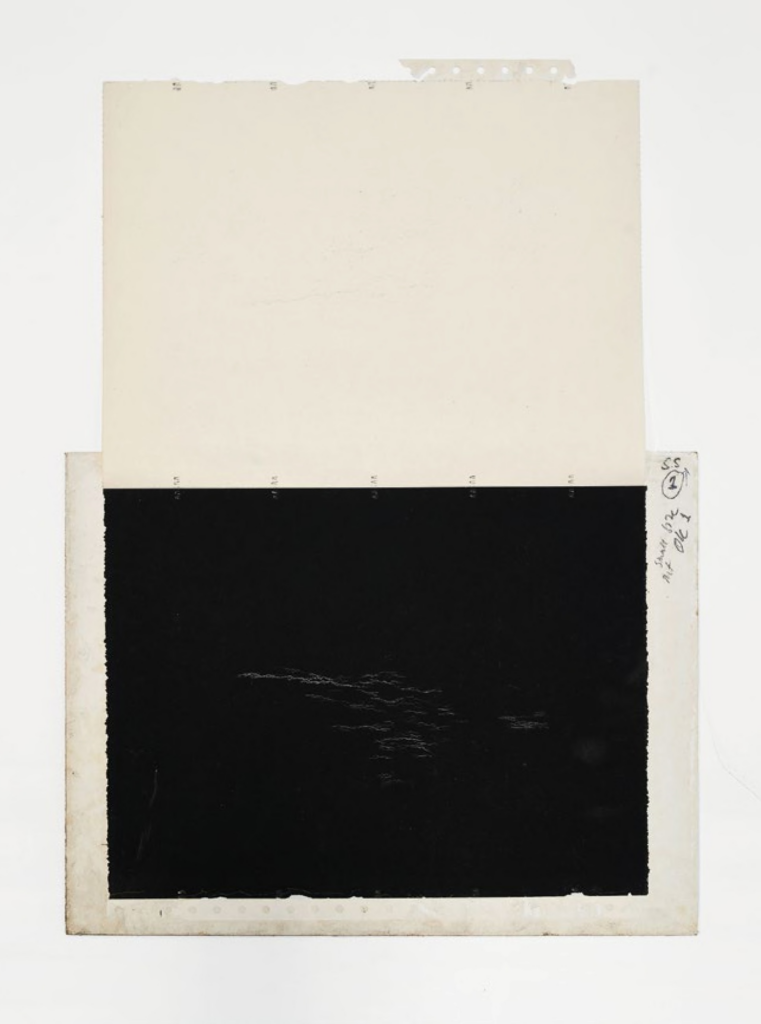She was born in 1948 and died in 2017 in Lahore, Pakistan
Selected works on paper
1983-2010
Lala Rukh was one of the co-founders of the pioneering women’s rights organization Women’s Action Forum (WAF) as well as an abstractionist who worked with text-like symbols and graphite marks inspired by the notations of traditional Hindustani music and Islamic calligraphy. Trained in fine arts at the University of Punjab in Lahore and the University of Chicago, she often used her artistic practice to bring attention to social and human rights. During Pakistan’s military dictatorship of the 1980s, when government-controlled printing offices in Lahore refused to print the WAF’s protest materials, Rukh began designing and screen-printing the posters herself, calling for the equal rights and freedom of women. She later established printmaking workshops to aid women involved in similar movements across South Asia. A committed educator, Rukh taught for thirty years at the University of Punjab and the National College of Arts, where she also established an MA (Hons.) visual art program and helmed the school’s art history department.
In contrast to her vivid, strident posters and activism, Rukh’s artistic practice was grounded in Minimalist constraint. The five works on display, spanning the period between 1983 and 2010, are exemplary of the sparing precision that defined her language of mark-making. In Untitled (2) (1983–86) and Untitled (6) (1983–86), Conté crayon marks are reduced to fine, nominal curves of line on paper, studiously distilled yet gestural, dynamic, and bordering on the figurative, like a musical score. Her preoccupation with classical Hindustani music is evident throughout; the works presented collectively suggest both movement and the making of sound. In Untitled (2003) the repetitive lines reveal the evolution of her visual language. Far from popular ideas of Minimalism as stark, works such as Untitled 1, 2 (2010), a diptych, and Untitled (2010) build on her early vocabulary of markings, while using a broader, more concentrated constellation of graphite lines and dots on carbon paper. The drawings suggest the specificities of the sky, sea, or horizon as well as a space of emergent possibility and interpretation. Rukh’s work as a whole is framed by this commitment to the formal practice of drawing, ultimately forming an index of a lifetime spent looking, listening, and committing her own hieroglyphics to paper.



